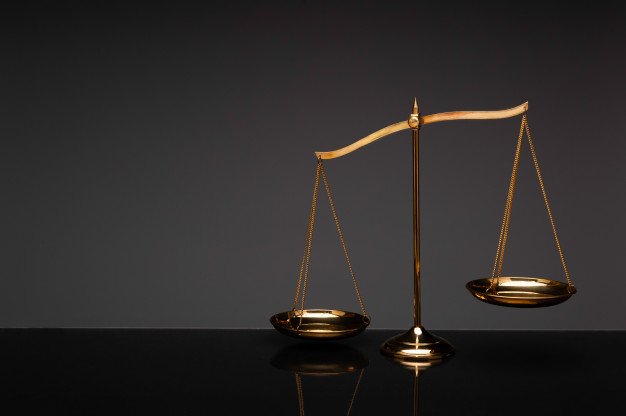
Assembly Bill 286 cleared the California Assembly’s Business and Professions Committee and will now move to the Committee on Appropriations, according to the state’s Legislative Information website. As introduced, AB 286 would lower the state’s excise tax on retailers from 15% to 11%, as well as suspending completely the state cultivation tax until July 2022. Licensed cultivators currently pay a tax of $148 per pound ($9.25 per ounce) on flower and $44 per pound ($2.75 per ounce) on trim, as well as $20.64 per pound ($1.29 per ounce) on wet whole plants.
However, according to an update from the California Cannabis Industry Association (CCIA), members of the Business and Professions Committee expressed concern with the prospect of lowering the excise tax on retailers. Accordingly, the bill was amended to remove that provision and now proposes only to suspend the state cultivation tax, still until July 2022. However, the CCIA notice also stated that the amended version of AB 286 now includes a provision that will reinstate the cultivation tax should state tax revenue decrease. The most current version of the bill was not yet available on the state’s Legislative Information website as of the time of this writing.
The state’s cultivation tax on flower was 13% of our assessed composite volume-weighted average for the end of April. The effective tax rate is comparable to 15% wholesale excise taxes that are applied to cultivators in Colorado and Nevada. In the legal cannabis markets of Oregon and Washington State, growers are not subject to a state levy. Notably, wholesale prices in the Pacific Northwest states are significantly lower than they are in California, Colorado, or Nevada. It is likely that the lack of a state cultivation tax contributes to lower wholesale rates, although several other factors must of course be considered in order to explain such a phenomenon.
In local developments, in April the Los Angeles Department of Cannabis Regulation (DCR) alerted stakeholders to its updated website. A new feature of the website is a Licensing Map, which, “contains information regarding the potential Storefront Retail undue concentration levels in each of the City’s Community Plan Areas” (CPAs).
In other words, the map shows how many retail licenses have currently been authorized in each CPA, as well as how many more would theoretically be allowed before “undue concentration” – effectively a license cap for each CPA – would be reached. Assuming that the 181 retailers that currently hold temporary authorization to operate in Los Angeles all eventually gain full annual licenses from the city and state, there will be a maximum of 242 storefront retail licenses available in the city, for a potential total of 423. Based on the DCR’s new Licensing Map, then, the number of licensed retail shops in Los Angeles could more than double once all phases of permitting are complete.
However, the permitting process is still proceeding relatively slowly. A recent analysis from Canna Law Blog provides an update on the city’s progress, noting that Phase 3 of the local licensing process – in which additional storefront retailers will be licensed – has not yet begun and dates for an application window are still uncertain. As we have stated in the past, given the pace at which Los Angeles officials have moved to license businesses thus far, it appears that more retailers will not gain permits until late this year at the earliest.
Meanwhile, Cannabis Wire reported that Los Angeles Mayor Eric Garcetti’s proposed budget designates $10 million specifically for enforcement against unlicensed cannabis businesses in the city. The budget plan would also increase funding to the DCR, which would presumably quicken the licensing process.